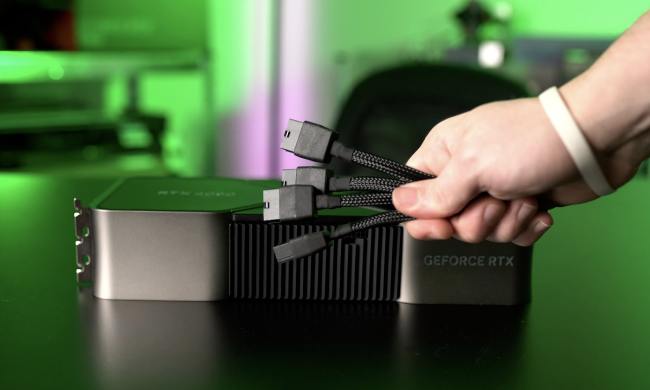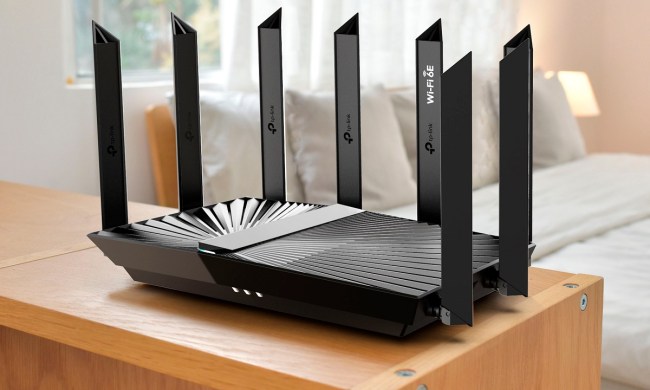Computer maker Gateway has introduced a new entry in its NV series of notebook computers, the NV59C66u with integrated WiMax 4G mobile broadband capabilities. On the surface, the NV59C66u is pretty similar to the rest of the NV line—15.6-inch display, 802.11b/g/n Wi-Fi, webcam, 4 GB of RAM, gigabit Ethernet—but includes an Intel Centrino Advanced-N+WiMAX 6250 WiMAX Wireless Card for connecting to Clearwire/Sprint WiMax service. For folks who live in an area where WiMax service is available, the NV59C66u offers high-bandwidth connectivity on the go; unfortunately, it doesn’t drop back to 3G connectivity when users move out of range of a WiMax network: at that point, customers will have to pop in a cellular modem, tether up a phone, or use a mobile hotspot like anyone else.

“The availability of the Gateway NV59C66u comes at an opportune time for customers who want a consistently reliable and fast connection to the Internet through either WiMAX service, which is rolling out this year in more metropolitan areas or 802.11 b/g/n WiFi connections to hot spots and WiFi networks,” said Gateway senior product marketing manager Ray Sawall, in a statement.
The NV59C66u represents the first model in a revamped line of Gateway NV-series computers: the systems will be available with Intel Core i3 and i5 as well as AMD Athlon an Turion processors, 15.6-inch (1,366 by 768-pixel) and 17.1-inch (1,600 by 900-pixel) displays, and will offer DVD and Blu-ray drive options along with HDMI output for pushing content to an HDTV. The systems will all also feature multi-in-one media card readers, and include “MyBackup” functionality to save important documents off to a hard drive or USB device. The models will also feature Gateway’s Social Networking button, that provides quick access to services like YouTube, Flickr, and (of course) Facebook. The systems will ship with 4 GB of RAM, but be upgradable to 8 GB.
The revamped NV series will start popping up at retailers in a few weeks with prices starting at $479.99; however, the NV59C66u is available now with a tone-on-tone expresso case with prices starting at $699.99.


